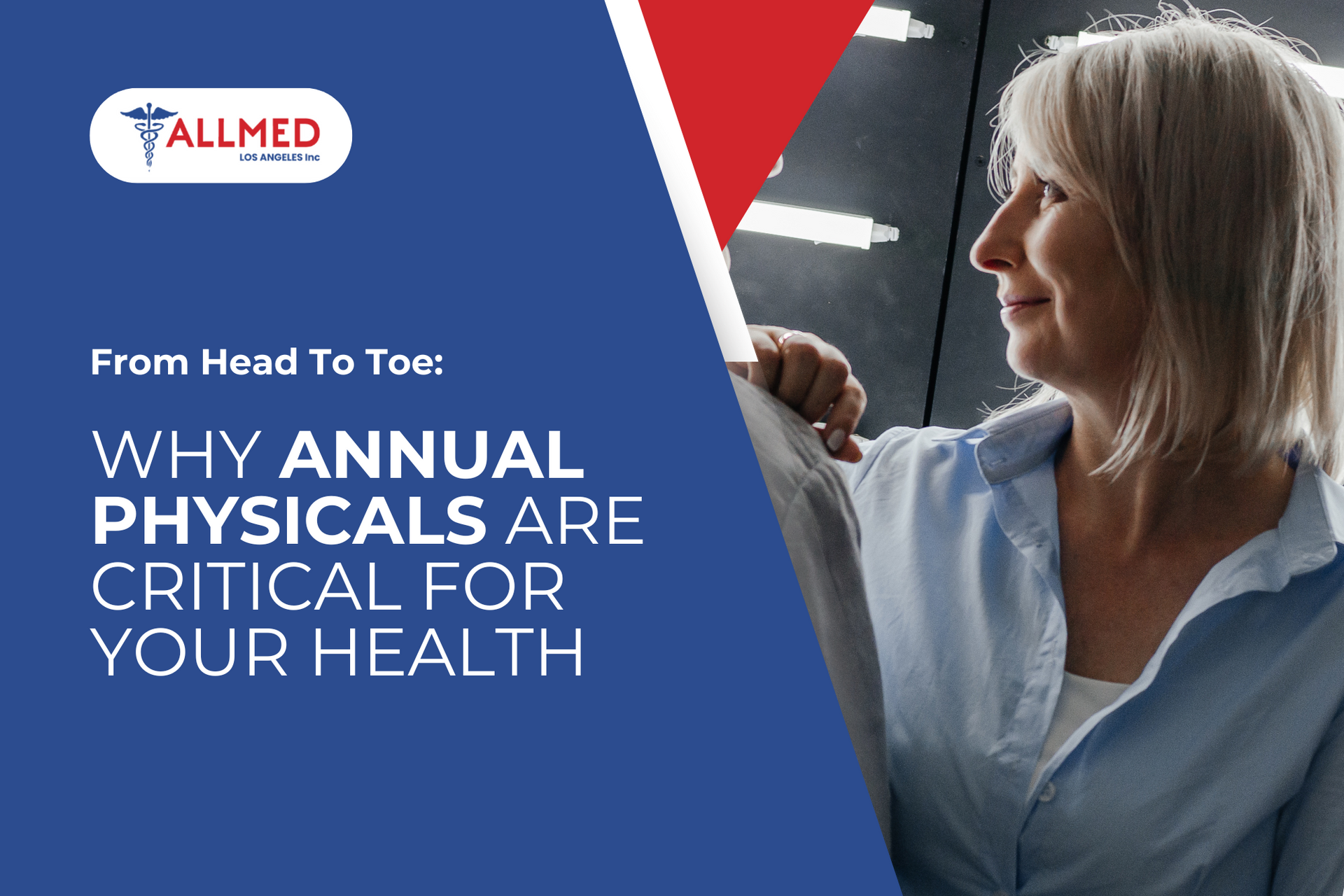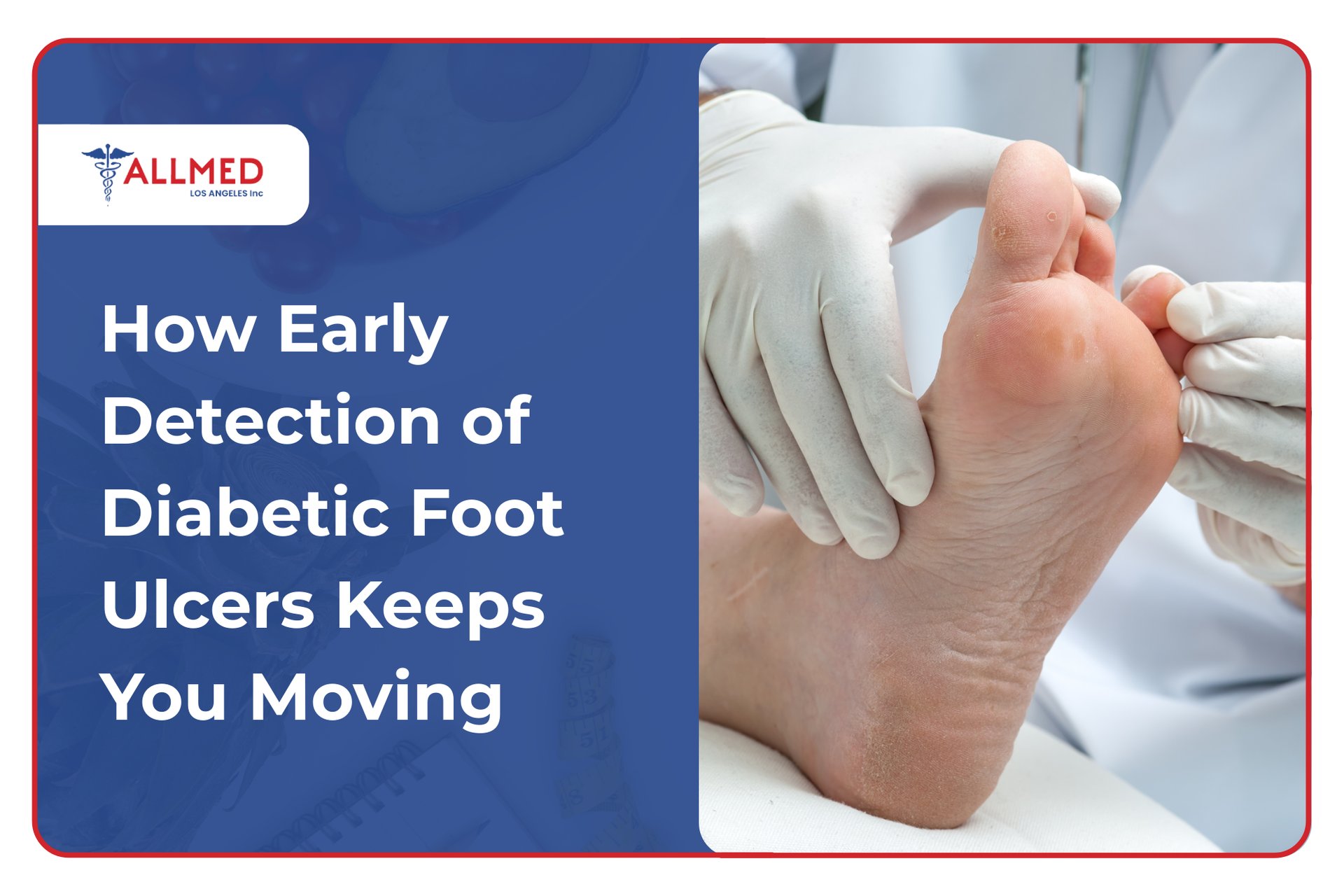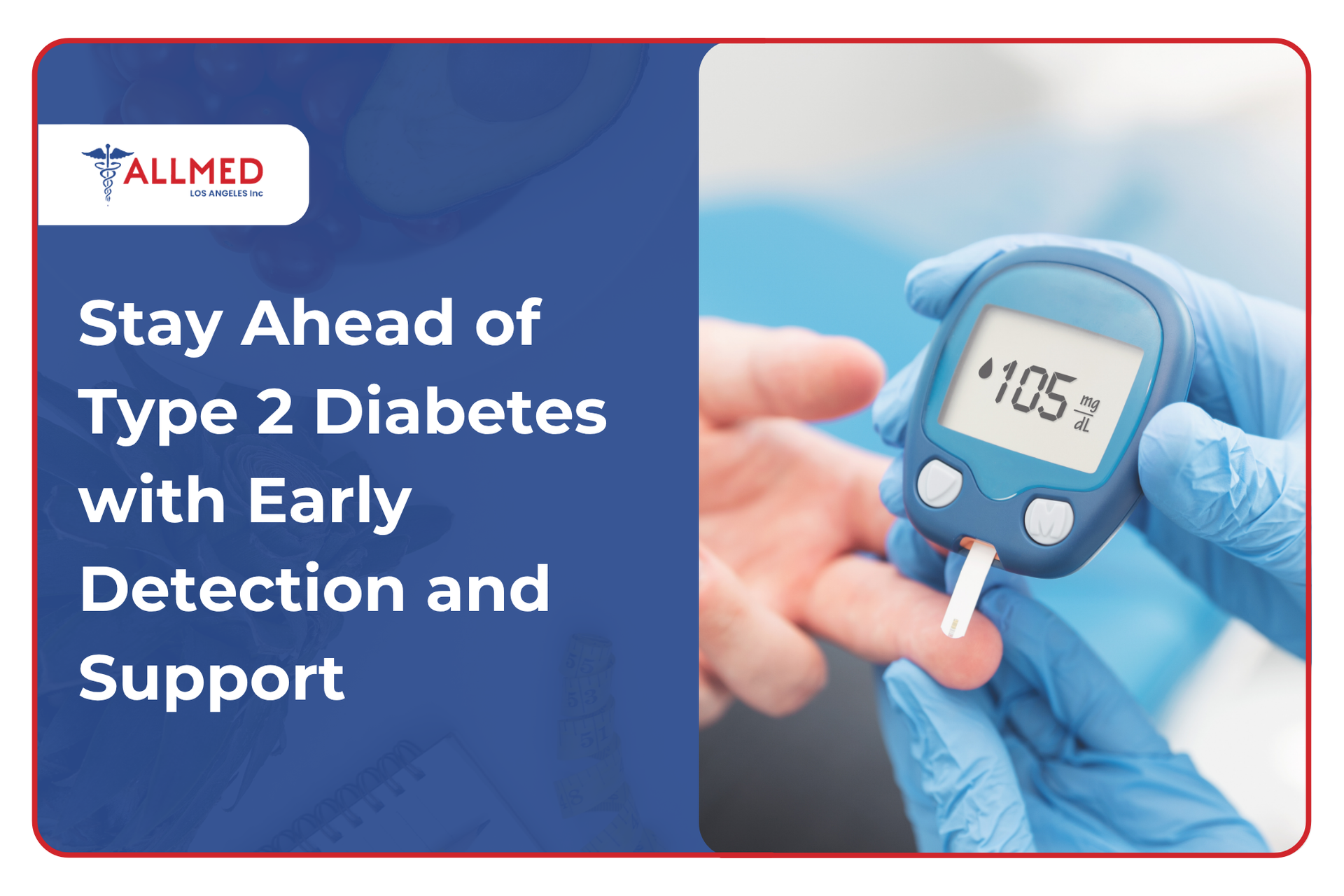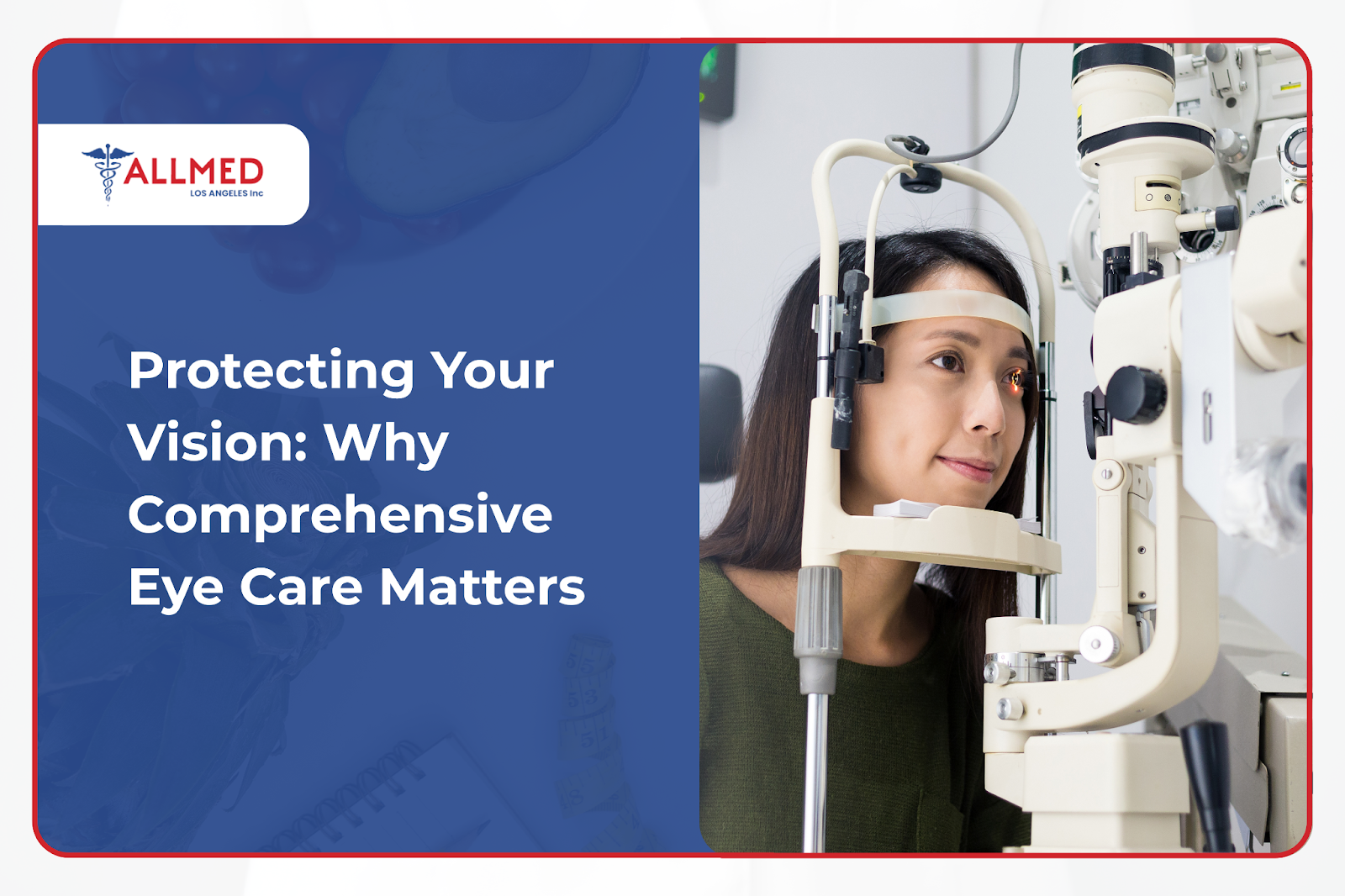Imagine two individuals:
Sarah and John. Both are in their mid-40s and leading busy lives. Sarah makes time for her annual physical check-up every year, while John believes he’s healthy and skips regular medical visits.
Sarah’s doctor detected elevated blood pressure during her annual physical and ordered further tests. The results showed signs of early-stage kidney disease–something Sarah hadn’t noticed as she felt perfectly fine. Thanks to early detection, Sarah’s doctor created a personalized treatment plan, helping Sarah avoid severe complications.
Meanwhile, John continued with his day-to-day routine, unaware that he was also developing kidney issues. His symptoms accumulated over time, starting with fatigue, then swelling of the legs, and then changes in urination. When he finally sought medical help, the damage was more advanced, requiring aggressive treatment and a potential dialysis regimen.
The stories of Sarah and John highlight the crucial role of annual physicals in maintaining overall health and quality of life. A yearly checkup can make a significant difference in long-term well-being.
In our last blog, we
compared yearly physicals and wellness exams. This time, let's explore what annual physicals offer that could save you money, time, and energy in maintaining a healthy body.
Book your Annual Physical Exam at Allmed LA
What Happens in an Annual Physical?
An annual physical examination is a comprehensive health check-up designed to asses your overall well-being and identify any potential health issues early. It is done yearly and typically by a primary care physician (PCP), who may specialize in fields such as
Family Medicine,
Ob-gyn, Internal Medicine, Pediatrics, and Geriatrics.
Here are the procedures and tests typically taken during this critical appointment:
1. Vital Signs Measurements
- Blood pressure
- Heart rate
- Respiratory Rate
- Temperature
Purpose:
Monitoring vital signs helps establish a baseline for your health. Abnormal readings can indicate underlying health issues that may require further investigation or intervention.
2. Medical History Review
- Current medications
- Allergies
- Past surgeries or illness
- Family medical history
Purpose:
A thorough medical history review allows your provider to identify risk factors and tailor preventive measures specific to your needs.
3. Physical Examination
- Inspection of the skin, eyes, ears, nose, and throat
- Auscultation of heart and lungs using a stethoscope
- Palpation of the abdomen to check for abnormalities"
Purpose:
The hands-on assessment of various body stems helps providers identify any abnormalities and detect problems not apparent through the medical history review.
4. Laboratory Tests
- Complete blood count (CBC)
- Lipid panel (cholesterol levels)
- Blood glucose test
- Urinalysis
Purpose:
These tests can reveal conditions like diabetes, high cholesterol, or kidney issues early on when they are more manageable.
5. Preventive Screening
- Immunizations
- Cancer screenings (e.g., mammograms, prostate exams)
- Mental health assessments
Purpose:
Screenings for specific conditions are essential for early detection of diseases that can progress without symptoms. These tests are tailored based on age, gender, and risk factors.
6. Lifestyle and Behavioral Assessment
- Diet and nutrition
- Exercise frequency
- Alcohol consumption and smoking habits
Purpose:
Discussing lifestyle factors helps identify areas for improvement, which is vital for promoting healthier habits and reducing the risk of chronic diseases.
The results from an annual physical exam provide a comprehensive profile of your health. After receiving the results, discuss them with your annual physical doctor to fully understand their implications and determine any necessary steps for maintaining or improving your health.
The Benefits of Catching Issues Early
Going back to Sarah and John’s case study, the difference in the progression of kidney illness between them shows how early detection of diseases contributes to the fast recovery of inflicted individuals.
The benefits of early detection are limitless, but here are some key advantages that highlight the
efficacy of annual physical exams:
- Better Treatment Outcomes
Interventions made at the initial stages of diseases make for more responsive treatment. Patients can expect improved recovery rates and better long-term health outcomes, particularly for conditions like cancer, heart disease, and diabetes.
- Cost Effectiveness
Early detection reduces the need for costly diagnostic tests and treatments associated with late-stage illness. Advanced stages of disease may require more invasive procedures or prolonged hospitalization.
- Increased Survival Rates
Many life-threatening conditions, such as certain
cancers and cardiovascular diseases, have significantly higher survival rates when diagnosed early. Early-stage breast cancer has a five-year survival rate of about 85%.
- Prevention of Disease Spread
Early detection is crucial for infectious diseases like tuberculosis or HIV. Identifying and treating infected individuals promptly can prevent the spread of these diseases to others.
- Improved Quality of Life
Early diagnosis and treatment can enhance the quality of life for individuals with chronic conditions by managing symptoms effectively. This proactive approach can reduce discomfort, allowing individuals to maintain a quality life.
There’s no real debate about the value of annual physicals—it’s a clear choice for better health. Like Sarah, you want to get ahead of the illnesses that may affect your life in the long run, which is why physical exams are important.
Physical Exams for All Ages
Annual physicals are not just for middle-aged individuals like Sarah or John. Regular check-ups from childhood to adulthood are beneficial in responding to the physical and physiological challenges you may face at any stage of life.
Let’s look at the different goals of annual physicals at each stage of life:
A. Infants and Children (0-12 years old)
- Purpose: To monitor growth and development.
- Benefits:
- Vaccination
- Developmental screening
- Health education
B. Adolescents (13-19 years old)
- Purpose: Focus on physical, emotional, and social health
- Benefits:
- Mental health assessment
- Reproductive health guidance
- Lifestyle counseling
C. Young Adults (20-39 years)
- Purpose: Emphasis on preventive care
- Benefits:
- Lifestyle habit monitoring
- Reproductive health screening
- Early detection of conditions (hypertension, diabetes, heart disease)
D. Middle-aged Adults (40-64 years)
- Purpose: Increased focus on chronic disease prevention and management
- Benefits:
- Preventive screenings
- Chronic disease monitoring
- Health risk assessment
E. Older Adults (65+ years)
- Purpose:
Addresses age-related health concerns and promotes longevity
- Benefits:
- Cognitive health evaluation
- Bone density testing
- Comprehensive medical review
An annual physical exam acts as a health barometer, providing a snapshot of an individual’s overall well-being. Tailoring these exams to the specific needs of each age group helps individuals manage changes more effectively.
Take Control of Your Health at Allmed LA
Taking control of your health starts with a simple step: scheduling your annual physical. Whether managing a chronic condition or ensuring peace of mind, these yearly check-ups are vital for detecting issues early and maintaining overall well-being. At
Allmed Los Angeles Inc., we make your health our priority, providing personalized care tailored to you and your family.
Trust
Allmed LA to deliver the high-quality, compassionate care you deserve. Don’t wait until symptoms arise–take a proactive step toward a healthier future today.
Your Path to Better Health Starts Here!
















